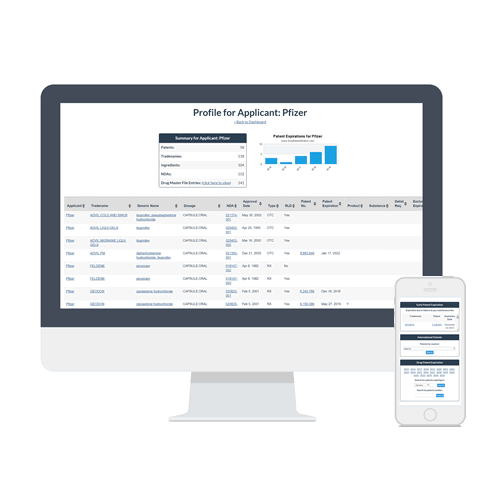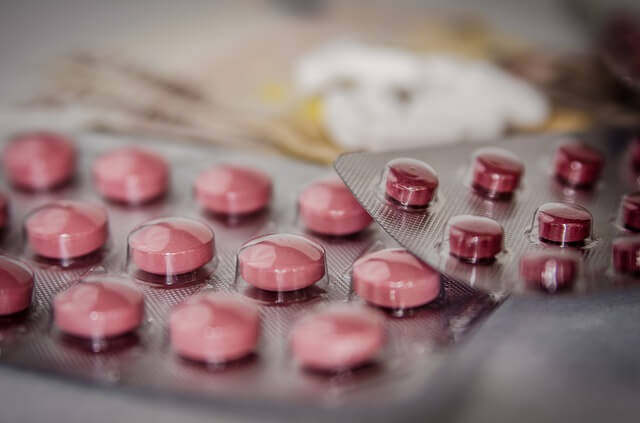
The journey of a generic drug developer is a complex and multifaceted one, involving rigorous research, meticulous development, and stringent regulatory processes. This article delves into the daily life of a generic drug developer, highlighting the challenges, opportunities, and the critical role they play in ensuring access to affordable healthcare.
Table of Contents
The Morning Briefing
A typical day for a generic drug developer begins with a morning briefing. This involves reviewing the latest updates from regulatory bodies, such as the FDA, and discussing ongoing projects with the team. The briefing often includes a review of the Generic Drug User Fee Amendments (GDUFA) updates, which provide insights into new guidelines and methodologies for generic drug development.
Research and Development
The core of a generic drug developer’s day is spent in the research and development phase. This involves creating a generic version of a branded drug that has come off patent. The process starts with identifying potential candidates, analyzing market demand, and assessing the feasibility of developing a generic version. Developers must ensure that the generic drug has the same active ingredients and produces the same clinical effects as the branded drug.
Challenges in R&D
One of the significant challenges in this phase is ensuring bioequivalence. This means that the generic drug must have the same efficacy and safety profile as the branded drug. Developers conduct extensive clinical trials and bioequivalence studies to meet these criteria. Additionally, they must navigate complex regulatory requirements, which can be time-consuming and costly.
Innovations in R&D
Despite the challenges, there are innovations that streamline the R&D process. For instance, the FDA’s GDUFA III program has introduced new methodologies and tools to support the development of complex generic drugs. These include in vitro approaches for injectable suspension products and in silico PK studies to support the development and approval of nasal suspension products.
Regulatory Compliance
A substantial portion of a generic drug developer’s day is dedicated to ensuring regulatory compliance. This involves preparing and submitting Abbreviated New Drug Applications (ANDAs) to the FDA. The ANDA must include detailed information about the drug’s formulation, manufacturing process, and bioequivalence data.
FDA’s Role
The FDA plays a crucial role in this process. They review the ANDAs to ensure that the generic drug meets all safety and efficacy standards. The agency also provides product-specific guidances and conducts pre-ANDA meetings to help developers refine their applications early in the development process.
Manufacturing and Quality Control
Once the generic drug is approved, the focus shifts to manufacturing and quality control. Developers must ensure that the drug is produced in compliance with Good Manufacturing Practices (GMP) and that quality control measures are in place to maintain the drug’s safety and efficacy.
Ensuring Quality
Ensuring the quality of generic drugs is paramount. Developers conduct regular audits and inspections to ensure that the manufacturing process adheres to GMP standards. They also implement robust quality control measures to detect any deviations or issues that could affect the drug’s quality.
Market Access and Distribution
After the drug is manufactured, the next step is to ensure market access and distribution. This involves working with distributors, wholesalers, and pharmacies to get the drug to patients. Developers also engage in marketing and promotional activities to raise awareness about the availability of the generic drug.
Patient Access
The ultimate goal of a generic drug developer is to ensure that patients have access to affordable medicines. By providing high-quality generic drugs at a lower cost than branded drugs, developers play a critical role in improving healthcare outcomes globally. For instance, Teva Pharmaceuticals, one of the largest generic drug manufacturers, has made significant investments in R&D to ensure that their generic drugs meet the highest standards of quality and efficacy.
Conclusion
The life of a generic drug developer is a demanding yet rewarding one. It involves navigating complex regulatory landscapes, ensuring bioequivalence, and maintaining high standards of quality control. Despite the challenges, the role of generic drug developers is crucial in making healthcare more accessible and affordable for millions of people around the world.
“Generics allow better access to healthcare globally. Generics are a necessary commodity for everybody.” – Michael Banks, Senior VP Global Regulatory Affairs at Teva
References:
- Association of the British Pharmaceutical Industry. (2024, May 16). Medicine lifecycle. Retrieved from https://www.abpi.org.uk/value-and-access/uk-medicine-pricing/medicine-lifecycle/
- Eban, K. (2019). Bottle of Lies: The Inside Story of the Generic Drug Boom. HarperCollins Publishers.
- U.S. Food and Drug Administration. (2023, September 13). Advancing Generic Drug Development: Translating Science to Approval 2023. Retrieved from https://www.fda.gov/drugs/news-events-human-drugs/advancing-generic-drug-development-translating-science-approval-2023-09132023
- Pharmaceutical Technology. (2023, May 3). Pathbreakers: The journey of first generics. Retrieved from https://www.pharmaceutical-technology.com/features/pathbreakers-the-journey-of-first-generics/
- Teva Pharmaceuticals. (2021, November 11). Generic Medicines and R&D: How Teva Produces and Delivers the World’s Largest Medicine Cabinet. Retrieved from https://www.tevapharm.com/news-and-media/feature-stories/generics-medicine-development/


